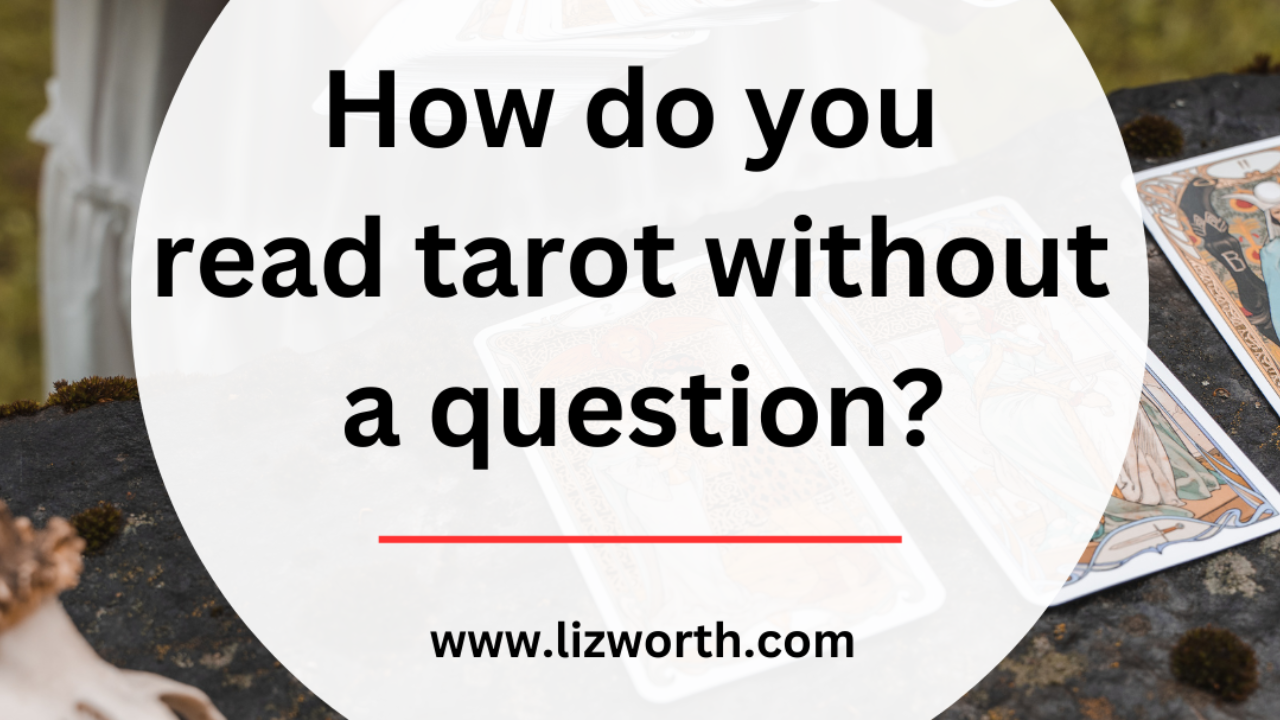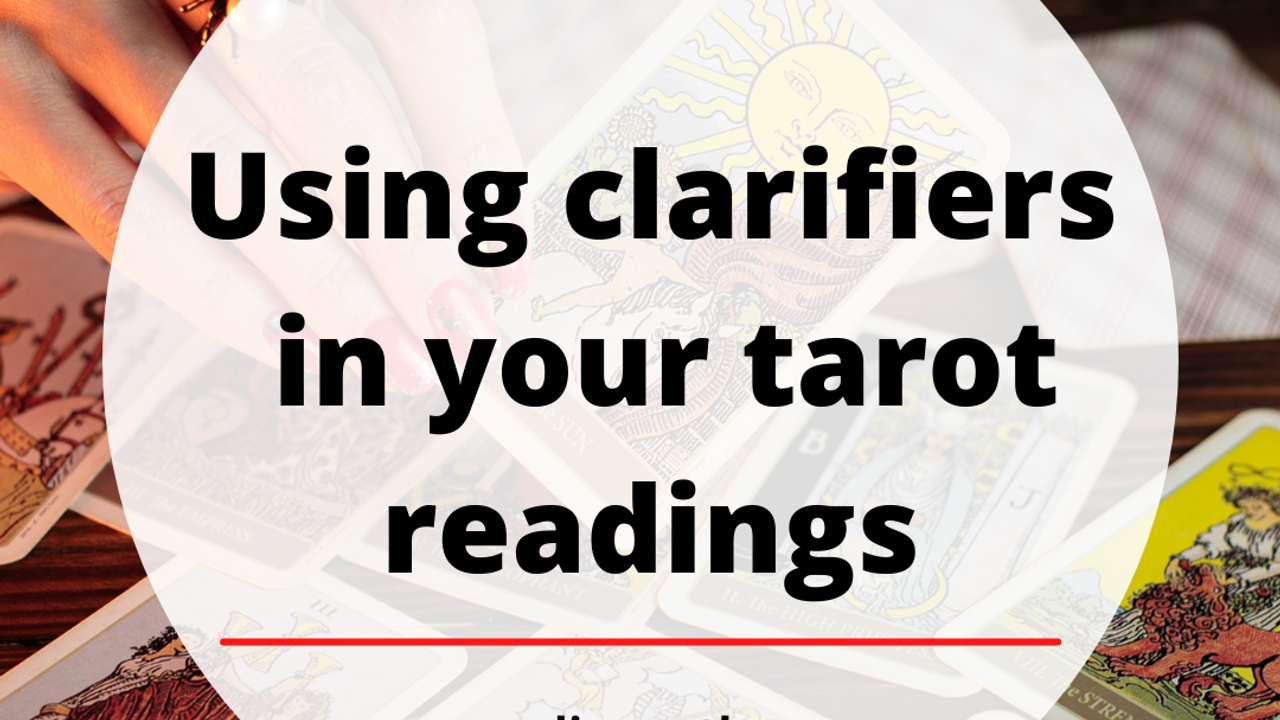A few of my “rules” for predictive tarot readings

We’re nearing the end of the calendar year which means a lot of us are turning to tarot to ask, “What’s coming up in the New Year?"
Even though there’s always a lot of back and forth in the tarot community about whether or not to use tarot as a predictive tool, the reality is that a large percentage of tarot querents ask predictive questions.
I think where readers sometimes hesitate with predictions is when we feel like we’re under pressure to be all-seeing and all-knowing.
When I got my first tarot deck, I assumed readings were completely predictive, and expected the cards to send me visions of the future. (Yes, I was very disappointed when it didn’t work out that way.)
That assumption blocked me for a long time, especially because it made me feel inadequate as a reader.
It took time, practice and reflection for me to understand how I wanted to approach predictive readings, and to develop a framework for myself to operate within whenever predictive questions landed on the table...
Getting over the fear of giving a direct answer in a tarot reading

Have you ever had a really good tarot reading?
I’m assuming that since you’re reading my tarot blog, you’ve probably had some kind of tarot reading before – either from another reader, or one you did for yourself.
If you’ve received a reading from someone else before and you loved it, what was it that made it so good?
I’ve had many readings over the years, some better than others.
Some of those readings have been predictive. Some of them were oriented to the present.
Some were introspective and decision based. Others channeled messages from Spirit.
It’s not the approach alone that makes for a good reading, though. Interesting predictions can be exciting to hear. Accuracy and resonance counts for something, too.
But in my experience, what good readings have in common with each other is specificity.
A good reading should feel personal to the querent. It should hit on some kind of specific truth, or a personal dream or desire that is aching to come to the surface.
It should also ...
How do you read tarot without a question?

In my previous post, I talked about working with questions in tarot, and the importance of understanding your intention and focus when posing questions.
But what do you when you are reading tarot for someone who doesn’t have a question?
Or, what if you just want to perform a reading for yourself, but you’re not sure what you want to know? I think every tarot reader can relate to feeling called to sit with your cards without knowing why.
The idea of pulling a few cards “just to see what comes up” is a beautiful one – until it comes time to interpret those cards. That’s when things can start to feel murky.
You might have already heard me say that tarot cards can mean anything, everything, and nothing at all.
Questions help to give shape and context to what we see in those cards. A certain symbol might have a lot of weight in a love reading but might not even be considered in a career context.
Questions essentially give your cards a job to do once they’re on the table. Without a que...
Is your intuition not coming through in your tarot readings?

“Whenever I try to read my cards, I’m not sure how to tell whether my intuition is coming through, or if I’m just remembering something I read in my guidebook.”
This is a common refrain I’ve heard from aspiring tarot readers over the years.
I’ve talked about this elsewhere, but it doesn’t hurt to repeat it every now and then: I think that the assumption that every tarot reading has to feel like an intense psychic download is something that ends up blocking a lot of tarot readers from connecting with their cards.
Which is unfortunate when you think about it. So many of people are called to learn tarot specifically because they want to deepen their intuition and trust themselves more.
But once you’re putting tarot into practice, there can be a disconnect between you and your cards.
Maybe the messages don’t flow as easily as you expect them to.
Or maybe you’ve careful studied the little white book that came with your deck, but you’re not sure how those meanings fit once it’s time to...
What to Say When You Need to Go Out on a Limb in a Tarot Reading

Have you ever been in the middle of a tarot reading when, suddenly, an unexpected message pops into your head?
Or maybe you’ve been trying to answer a question, but the reply the cards are offering feels like a slight detour. It is an answer – even an acceptable one – but you’re not quite sure how it fits with the querent’s situation.
It's not uncommon to feel compelled to deliver a certain message that, to you as the reader, might feel a bit odd or unusual. Not because it’s irrelevant to the sitter (ideally, it should still relate to the context of the reading), but because you’re not sure how fits into the context of your querent’s life.
Tarot readers often have a limited view and understanding of their querents’ situations. Unless you’re reading for someone you know very well, you don’t have much to go on when it comes to the background of a question that’s been posed.
You also won’t necessarily know a querent’s beliefs, comfort zones, or sensitivities. So it can be a bit nerve...
Using clarifiers in your tarot readings

A common question I hear from tarot students is, “Should I be using clarification cards?”
And if so, how?
Clarification cards – or clarifiers as I like to call them – are additional cards that are pulled when the initial reading doesn’t feel like it’s giving a reader enough information.
Just describing this technique sounds benign and helpful. Why wouldn’t you want to get a little more information about a reading, right?
But talking about clarifiers is like opening a can of worms: This technique draws strong opinions on both sides of the fence about whether it’s necessary or useful.
My tarot practice has evolved over time, and I’m sure yours has too. (Or if you’re still new to tarot, trust me when I say it will – we all grow and adapt to our own ways of reading cards.)
Just as I used to use reversals, there was also a time I experimented with clarifiers.
But in the end, I found that clarifiers didn’t add much more to a reading than what was already on the table.
I also decided ...
